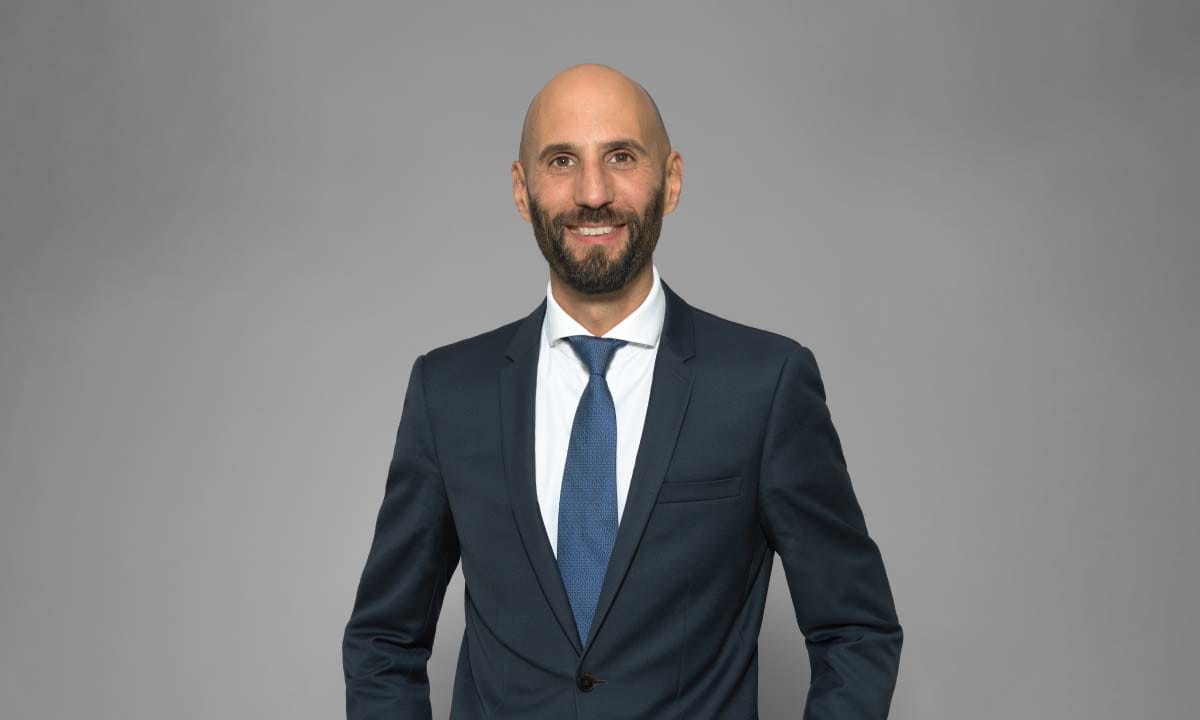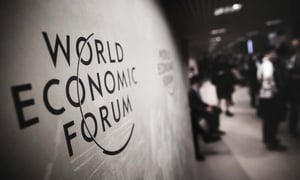Swiss bank Lombard Odier previously described the current year as a “year of transition.” After the volatilities introduced by the pandemic, among several other factors, economies around the world are gradually returning to normal. And with the global economy constantly evolving, we are left to wonder: What could happen in the short term?
We sat down with Samy Chaar, the company’s chief economist, to navigate global economies. Our interview covers various macroeconomic factors and how he thinks Gulf Cooperation Council countries will fare. He discusses Saudi Arabia’s decelerating credit growth and major contributors to the United Arab Emirates’ non-oil performance.
Economy Middle East: What are the most important macroeconomic trends and issues that are driving the global economy today? What are Lombard Odier’s economic projections for the Middle East in the forthcoming year?
Samy Chaar: The key forces driving the global economy today are the impact of slowing growth and inflation. There’s also the impact of restrictive monetary policies in major economies. Until now, we’ve seen rapid disinflation, which is very encouraging. Going forward, it might be a bit harder. The prices of services like wages, rents and mortgage cost, take longer to adjust than those of goods. High oil prices could also threaten a second wave of inflation – although this is not our base case. Managing these inflation risks is key for central banks. For the trajectory of global growth and financial markets, relief from rate cuts is unlikely before mid-2024.
We believe growth in the Gulf economies will slow in 2023. A stronger UAE and Qatar will offset weaknesses in Saudi Arabia and Kuwait. There will be a limited growth rebound in 2024. We maintain our positive outlook on the region due to stable solvency metrics, a strong demographic profile and reform progress. The recent upward shift in oil prices is consistent with sound fiscal and external balances despite the recent slowdown in oil production. Diversification away from hydrocarbon production will be key to the region’s prospects. National “‘visions” will act as catalysts for coordinated investments into non-oil and gas sectors.
Economy Middle East: How do you see the GCC economies adapting to a scenario where OPEC+ maintains its output cuts indefinitely?
Samy Chaar: This is not our base scenario. We note that in an environment where oil production is becoming less reliant on OPEC supply, and global energy demand is becoming less fossil-fuel dependent, it makes sense for OPEC countries to continue strategically managing production and prices, especially given their relatively strong pricing power at the moment. Leaving aside any potential impacts on oil production from the Israel-Hamas conflict, more broadly, the GCC nations face incentives to lift oil and gas production while keeping energy prices at a comfortable level, in the coming years to fund economic diversification before an era of peak oil demand arrives.
Read more: Outlook on GCC economies improves, but challenges remain
Economy Middle East: You have monitored a decelerating credit growth to slow the growth in Saudi Arabia’s non-oil sector in 2024. What are the primary factors contributing to this slowdown? What policy actions can be implemented to bolster the non-oil sector?
Samy Chaar: Credit growth in Saudi Arabia has indeed moderated from recent highs. Aggressive monetary policy tightening has been a key driver, as the currency peg to the U.S. dollar obliges the SAMA to mirror the Fed’s monetary hiking cycle. Risks from recent rapid credit growth, particularly of mortgages, look contained for now, but could if needed be managed by a tightening of macroprudential policies, including loan-to-value and loan-to-deposit ratios. Policy actions to bolster the non-oil sector have contributed to a doubling of non-oil revenues since 2017 and should be further supported by ongoing energy subsidy reforms, measures to reduce youth unemployment, and further expansion of private sector activities.

Economy Middle East: Lombard Odier has foreseen a mild slowdown in the UAE’s real estate industry. What are the underlying factors driving this “modest softening”? Can you provide further details on how this softening may affect investors, developers and prospective property buyers in Dubai?
Samy Chaar: The economic transformation agenda has unique implications for the UAE’s real estate markets. The reform of the long-term residency visa accelerated an influx of overseas investors and boosted house prices. With more supply coming onstream and higher rates weighing on mortgage demand, we expect the market to slow down modestly in the coming quarters. For Dubai in particular, managing the downside risk of this cycle will be an important task as government-related entities are uniquely exposed to real estate price fluctuations in the market. Policymakers have begun to respond with the Central Bank of the UAE easing mortgage regulations to make it easier for households to service their debt.
Economy Middle East: How do you foresee the tourism sector contributing to the overall non-oil sector performance in the UAE? Are there any specific targets or goals in this regard?
Samy Chaar: The UAE is now successfully embracing alternative growth engines such as tourism and finance, which have helped significantly reduce its economic dependence on hydrocarbons in recent years. We expect tourism to remain a solid contributor to non-oil growth. However, a slowdown in global growth and conflict elsewhere in the region could see some slowing in tourist flows. The UAE’s Vision 2031 explicitly highlights tourism as a key national sector and driving force for a competitive and dynamic economy.
For more interviews, click here.








